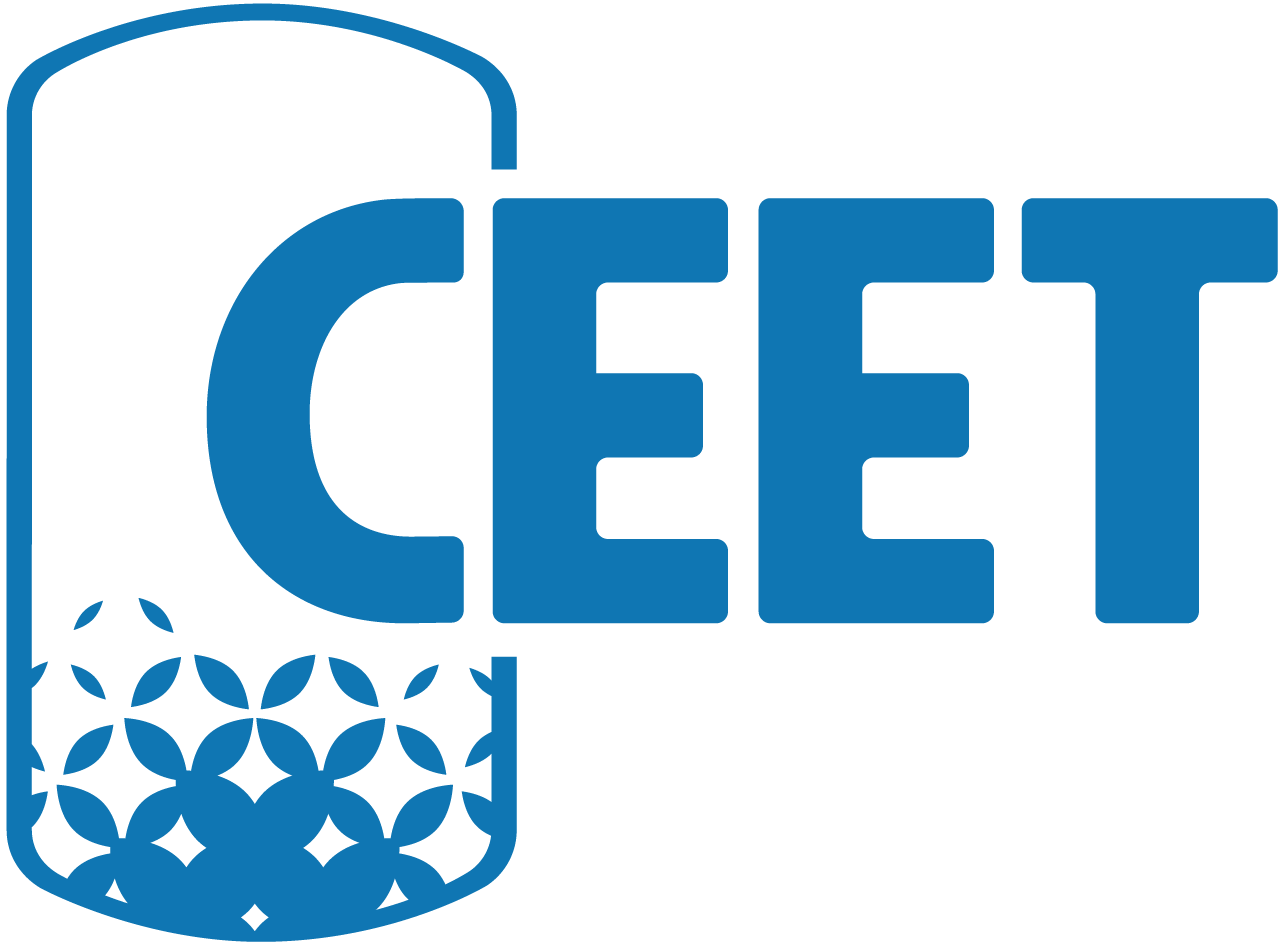Harnessing the power of supercritical CO₂—sustainable extraction and material processing for diverse applications
Our research focuses on utilizing compressed and supercritical CO₂ as an alternative solvent for various applications, particularly in the extraction of natural products. This method ensures solvent-free, high-quality extracts and valuable solid residues, which can be further processed through solid-liquid extraction. Fractional separation allows the recovery of multiple distinct products from a single raw material.
Additionally, micromixer technology optimizes high-pressure extractions for liquid feedstocks, while advanced high-pressure processes facilitate the production of micro- and nano-scale powders. Future research includes refining solid-liquid extraction, developing combined CO₂-based processes, and advancing membrane technologies for purification and separation.


